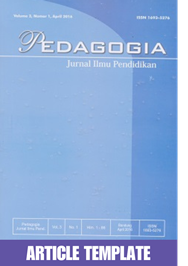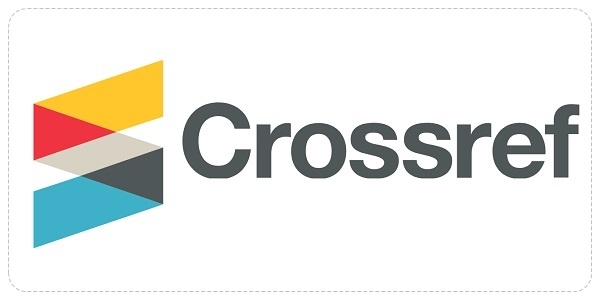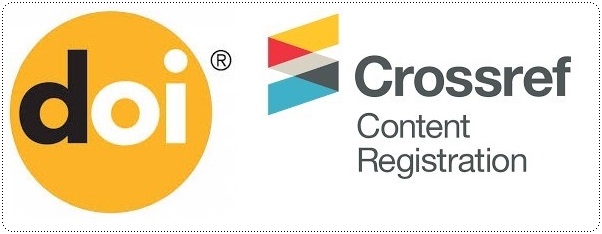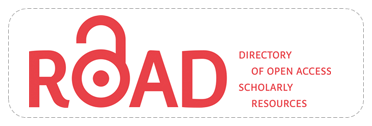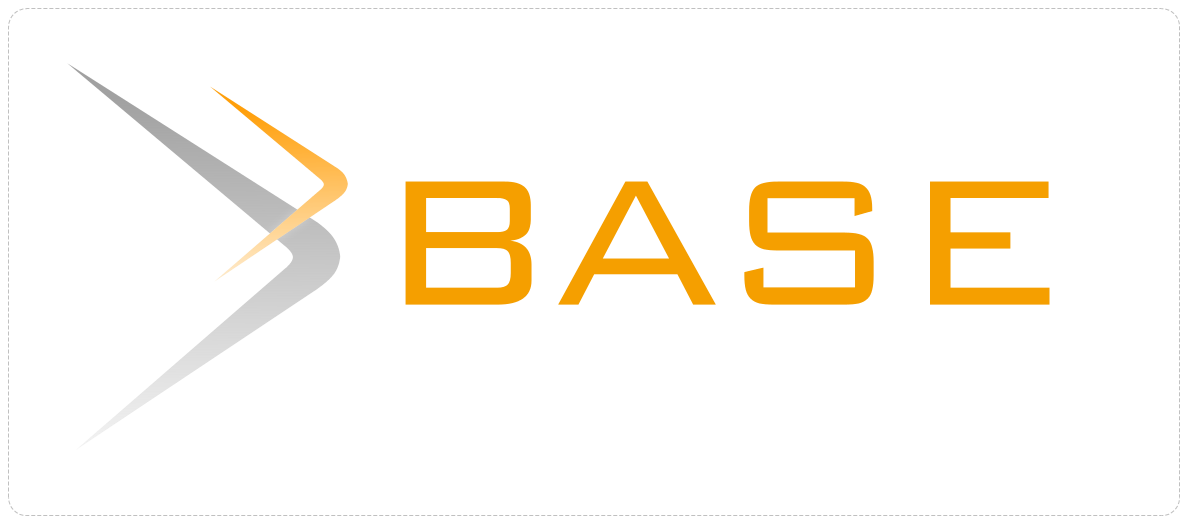Evaluating Technology Acceptance in Counseling Services: An Analysis of Principal Indicators Utilizing the UTAUT2 Model via SEM-PLS
Abstract
This study evaluated the acceptance of technology in ICT-based guidance and counseling services among school counselors in West Java, using the Unified Theory of Acceptance and Use of Technology 2 (UTAUT2) model. The research employed a purposive sampling technique to select participants from the population of guidance and counseling teachers. Structural Equation Modeling (SEM) with a Partial Least Squares (PLS) approach was used to analyze the data. The findings indicated that social influence and performance expectancy had a significant positive effect on technology acceptance. In contrast, facilitating conditions and effort expectancy were found to have less influence, highlighting the need for improvement in digital infrastructure and user readiness. Based on these results, the study recommended increasing access to adequate technological facilities, providing structured training programs for school counselors, and enhancing the interactivity of digital platforms used in counseling services. These measures are expected to support broader and more effective integration of technology in school-based counseling practices.
Keywords
Full Text:
PDFReferences
Al-Emran, M., Elsherif, H. M., & Shaalan, K. (2016). Investigating attitudes towards the use of mobile learning in higher education. Computers in Human behavior, 56, 93-102. https://doi.org/10.1016/j.chb.2015.11.033
Chiu, Y. C. J., Lee, H., Lu, J., Ntinda, K., Chen, R. K., & Castillo, Y. A. (2025). Integrating Technology to Support Learning and Accessibility in Counselor Education and Supervision. In Innovative Approaches in Counselor Education for Students With Disabilities (pp. 105-140). IGI Global Scientific Publishing. https://doi.org/10.4018/979-8-3693-3342-6.ch005
Dubey, P., & Sahu, K. K. (2021). Students' perceived benefits, adoption intention and satisfaction to technology-enhanced learning: examining the relationships. Journal of Research in Innovative Teaching & Learning, 14(3), 310-328. https://doi.org/10.1108/JRIT-01-2021-0008
Dwivedi, Y. K., Rana, N. P., Jeyaraj, A., Clement, M., & Williams, M. D. (2019). Re-examining the unified theory of acceptance and use of technology (UTAUT): Towards a revised theoretical model. Information systems frontiers, 21, 719-734. https://doi.org/10.1007/s10796-017-9774-y
Firth, J., Torous, J., Stubbs, B., Firth, J. A., Steiner, G. Z., Smith, L., ... & Sarris, J. (2019). The “online brain”: how the Internet may be changing our cognition. World Psychiatry, 18(2), 119-129. https://doi.org/10.1002/wps.20617
Foroughi, B., Senali, M. G., Iranmanesh, M., Khanfar, A., Ghobakhloo, M., Annamalai, N., & Naghmeh-Abbaspour, B. (2024). Determinants of intention to use ChatGPT for educational purposes: Findings from PLS-SEM and fsQCA. International Journal of Human–Computer Interaction, 40(17), 4501-4520. https://doi.org/10.1080/10447318.2023.2226495
Halqim, A. (2024). High-Tech Counselor in the Digital Era: Integrating Information Technology into Modern Guidance and Counseling Practices. Jurnal Sains Sosio Humaniora, 8(2), 72-82. ttps://doi.org/10.22437/jssh.v8i2.39231
Hsiao, C. H., Chang, J. J., & Tang, K. Y. (2016). Exploring the influential factors in continuance usage of mobile social Apps: Satisfaction, habit, and customer value perspectives. Telematics and Informatics, 33(2), 342-355. https://doi.org/10.1016/j.tele.2015.08.014
Johan, R. C., Sutisna, M. R., Rullyana, G., & Ardiansah, A. (2020). Developing online learning communities. In Borderless Education as a Challenge in the 5.0 Society (pp. 145-153). Routledge. https://doi.org/10.1201/9781003107279
Khan, A., & Qutab, S. (2016). Understanding research students’ behavioural intention in the adoption of digital libraries: A Pakistani perspective. Library Review, 65(4/5), 295-319. https://doi.org/10.1108/LR-06-2015-0070
Koh, K. T., Tan, L. Q. W., Camiré, M., Paculdar, M. A. A., & Chua, W. G. A. (2022). Teachers’ and students’ perceptions of factors influencing the adoption of information and communications technology in physical education in Singapore schools. European Physical Education Review, 28(1), 100-119. https://doi.org/10.1177/1356336X211017949
Limayem, M., Hirt, S. G., & Cheung, C. M. (2007). How habit limits the predictive power of intention: The case of information systems continuance. MIS quarterly, 705-737. https://doi.org/10.2307/25148817
Liu, L., Miguel Cruz, A., Rios Rincon, A., Buttar, V., Ranson, Q., & Goertzen, D. (2015). What factors determine therapists’ acceptance of new technologies for rehabilitation–a study using the Unified Theory of Acceptance and Use of Technology (UTAUT). Disability and rehabilitation, 37(5), 447-455. https://doi.org/10.3109/09638288.2014.923529
Macedo, Isabel Maria. "Predicting the acceptance and use of information and communication technology by older adults: An empirical examination of the revised UTAUT2." Computers in human behavior 75 (2017): 935-948. https://doi.org/10.1016/j.chb.2017.06.013
Muhammad, R. (2024). The effectiveness of technology to improve educational counseling services: A systematic literature review. Journal of Teaching and Learning, 18(2), 111-127. https://doi.org/10.22329/jtl.v18i2.8709
Parhamnia, F. (2022). Investigating mobile acceptance in academic library services based on Unified Theory of Acceptance and Use of Technology Model (UTAUT-2). The Journal of Academic Librarianship, 48(5), 102570. https://doi.org/10.1016/j.acalib.2022.102570
Pirzadeh‐Miller, S., Robinson, L. S., Read, P., & Ross, T. S. (2017). Genetic counseling assistants: An integral piece of the evolving genetic counseling service delivery model. Journal of Genetic Counseling, 26(4), 716-727. https://doi.org/10.1007/s10897-016-0039-6
Rahi, S., Othman Mansour, M. M., Alghizzawi, M., & Alnaser, F. M. (2019). Integration of UTAUT model in internet banking adoption context: The mediating role of performance expectancy and effort expectancy. Journal of Research in Interactive Marketing, 13(3), 411-435. https://doi.org/10.1108/JRIM-02-2018-0032
Rahimizhian, S., Avci, T., & Eluwole, K. K. (2020). A conceptual model development of the impact of higher education service quality in guaranteeing edu‐tourists' satisfaction and behavioral intentions. Journal of Public Affairs, 20(3), e2085. https://doi.org/10.1002/pa.2085
Ramirez, A., Himang, C., Selerio, E., Manalastas, R., Himang, M., Giango, W., ... & Ocampo, L. (2020). Exploring the hedonic and eudaimonic motivations of teachers for pursuing graduate studies. The Asia-Pacific Education Researcher, 1-18. https://doi.org/10.1007/s40299-020-00542-w
Rullyana, G., & Triandari, R. (2024). Trends and Research Issues of Augmented Reality in Education: A Bibliometric Study. Jurnal Teknologi Pendidikan, 1(4), 1-19. https://doi.org/10.47134/jtp.v1i4.907
Sailer, M., Maier, R., Berger, S., Kastorff, T., & Stegmann, K. (2024). Learning activities in technology-enhanced learning: A systematic review of meta-analyses and second-order meta-analysis in higher education. Learning and Individual Differences, 112, 102446. https://doi.org/10.1016/j.lindif.2024.102446
Schlachter, S., McDowall, A., Cropley, M., & Inceoglu, I. (2018). Voluntary work‐related technology use during non‐work time: A narrative synthesis of empirical research and research agenda. International Journal of Management Reviews, 20(4), 825-846. https://doi.org/10.1111/ijmr.12165
Sitar-Taut, D. A., & Mican, D. (2021). Mobile learning acceptance and use in higher education during social distancing circumstances: An expansion and customization of UTAUT2. Online Information Review, 45(5), 1000-1019. https://doi.org/10.1108/OIR-01-2021-0017
Srijundaree, P., Yurayat, P., & Nipanan, P. (2024). Factors Influencing Acceptance and Use of Online Counseling Technology among Thai Psychologists and Mental Health Counsellors. Islamic Guidance and Counseling Journal, 7(1). 1-20. https://doi.org/10.25217/0020247451200
Stumbrienė, D., Jevsikova, T., & Kontvainė, V. (2024). Key factors influencing teachers’ motivation to transfer technology-enabled educational innovation. Education and Information Technologies, 29(2), 1697-1731. https://doi.org/10.1007/s10639-023-11891-6
Sudrajat, D., Suherman, U., & Yusuf, S. (2024). Acceptance and Use of Information Technology in Guidance and Counseling Services by School Counselors in West Java Based on Gender. In Proceedings of Annual Guidance and Counseling Academic Forum (pp. 223-229).
Timotheou, S., Miliou, O., Dimitriadis, Y., Sobrino, S. V., Giannoutsou, N., Cachia, R., ... & Ioannou, A. (2023). Impacts of digital technologies on education and factors influencing schools' digital capacity and transformation: A literature review. Education and information technologies, 28(6), 6695-6726. https://doi.org/10.1007/s10639-022-11431-8
Venkatesh, V., Morris, M. G., Davis, G. B., & Davis, F. D. (2003). User acceptance of information technology: Toward a unified view. MIS Quarterly, 27(3), 425–478. https://doi.org/10.2307/30036540
Venkatesh, V., Thong, J. Y., & Xu, X. (2012). Consumer acceptance and use of information technology: Extending the unified theory of acceptance and use of technology. MIS Quarterly, 35(1), 157–178. https://doi.org/10.2307/41410412
DOI: https://doi.org/10.17509/pdgia.v23i1.78921
Refbacks
- There are currently no refbacks.
INDEXED BY

This work is licensed under a Creative Commons Attribution-ShareAlike 4.0 International License


